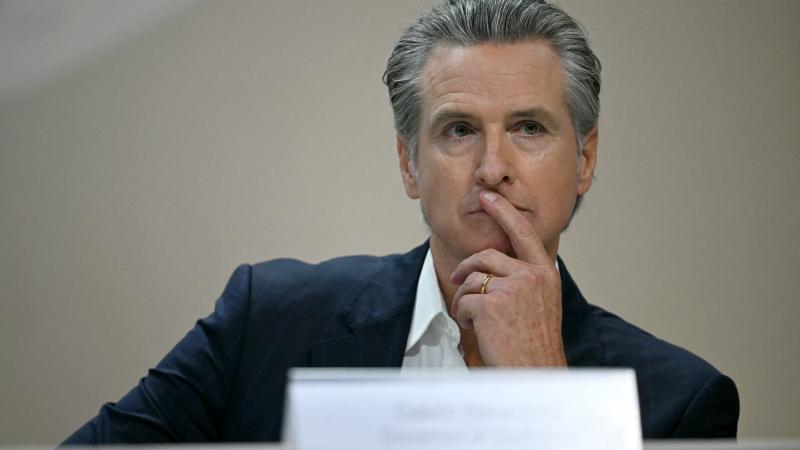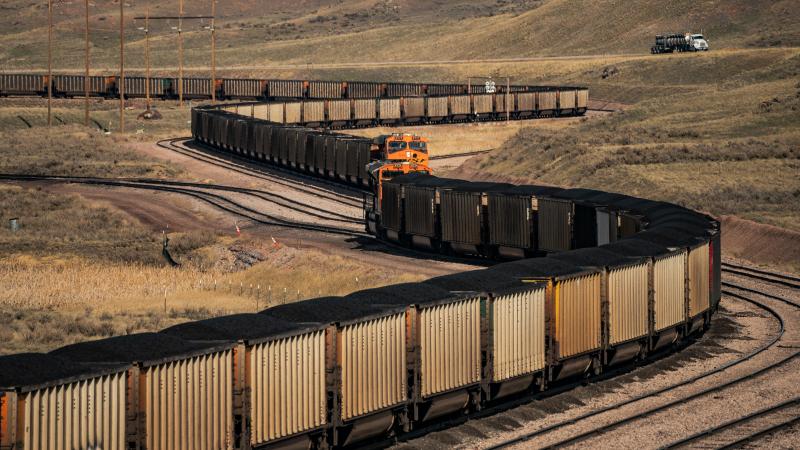Like the electric vehicle mandates, sustainable aviation losing altitude shortly after takeoff
Sustainable aviation fuel is five times more expensive to produce than standard jet fuel. The expense will drive up the cost of air travel, putting it outside the budgets of more Americans.
Multiple automakers are reconsidering their push to transition their fleets to electric vehicles, and now the airline industry is altering its decarbonization targets.
Air New Zealand recently retreated from its 2030 climate goals. The company has cancelled its commitment to reducing its carbon intensity by 28.9% from its 2019 levels by 2030 and announced that it will withdraw from the Science Based Targets Initiative.
In its announcement on the change, the company cited various factors: the availability of new aircraft, the affordability and availability of sustainable aviation fuel (SAF), and the need for more regulatory support.
Sustainable aviation fuel is a biofuel that’s made from non-petroleum feedstocks. It can be blended into Jet A, which is a type of aviation fuel that powers jets and turboprops. A jet engine uses its exhaust as thrust, whereas turboprops use it to turn a propeller. This is different from propeller aircraft with piston-driven engines, which use avgas. It’s similar to the fuels used in a car.
Aircraft that burn Jet A can burn SAF without any modifications or new infrastructure, and SAF can be produced with various types of feedstocks, similar to biodiesel, which is blended into regular diesel to lower emissions.
However, as with biofuels, the supply can’t meet demand. Reuters reports that SAF accounts for merely 0.2% of the jet fuel market. Whereas avgas, also called 100LL, and Jet A are found at most airports across the U.S., most SAF is found sparsely across the West.
It’s also more expensive. While Jet A is currently selling for between $5 and $7 dollars per gallon, SAF, where it can be found, runs between $8.32 and $10.97 per gallon. Those prices would be much higher were it not for federal subsidies. The cost to produce SAF is five times higher than Jet A.
Aviation accounts for only 2% of global carbon dioxide emissions and 12% of all carbon emissions are from transportation, according to the Department of Energy. For comparison, heat and electricity account for 32%, manufacturing and construction are 13%, and agriculture is 12% of total global emissions.
Dan Kish, senior vice president of policy for American Energy Alliance, told Just the News that he thinks it’s part of the degrowth mentality that is so much a part of the effort to reach net-zero. Despite this small contribution to emissions, air travel represents growth, prosperity and freedom.
“It has a lot more to do with leaving no stone unturned in terms of making life miserable, more miserable for people than it need be, under the guise of saving the climate, which this certainly will not do,” Kish said.
If the airline industry were to transition over to SAF, there would likely be a lot less travel. The Institute for Energy Research, a free market think tank focused on energy policy, writes that Europe’s biggest airline group, Lufthansa, is adding a surcharge to ticket prices starting next year to cover environmental regulatory costs, which could be as high as $75 per flight. The costs include blending standards for SAF. It will start at 2% in 2025, go to 6% in 2030, 20% in 2035, and then 70% in 2050.
“For the Lufthansa Group, this will lead to additional costs in the billions in the future,” the company explains in a statement on the surcharge.
Air travel is expensive, and people fly more the more money they make. In the United States, 3% of persons earning under $40,000 per year fly frequently, while 6% of people making between $40,000 and $80,000 per year fly frequently. Nearly one in five of those making more than $80,000 per year fly frequently. If the costs go up, air travel could be exclusive to the wealthy.
“A $75 surcharge may not mean much to someone who always flies business class — and his company may be paying for it anyway — but for a family going to see grandma, those kinds of surcharges go beyond the pale. It’s going to make or break the trip,” Kish said.
The entire biofuels business has been struggling over the past year, and the same is true for SAF producers. Shell paused construction of Europe’s largest biofuels plant. The Rotterdam, Netherlands, facility was to produce SAF. The reason the company gave was weak market conditions. BP is also scaling back its biofuels plans. The company paused development of a biofuels refinery in Germany and one in Cherry Point, Washington.
Governments are stepping in to modify the market in hopes of making the product financially attractive. Britain announced plans last month to introduce a price guarantee for SAF producers, hoping to incentivize more investment. Singapore is implementing a levy on air travel to support the use of SAF. However, the airlines say a more global effort will be needed for the supply of SAF to meet demand.
In much the same way EV mandates have faltered, efforts to create a viable SAF market may also run into more problems than successes. Should they prove successful, they will target 2% of global carbon emissions. How much of that will be reduced by a transition to SAF is uncertain. Airbus, the world's largest planemaker, expects the global aircraft fleet will more than double over the next two decades to 48,230 planes, meaning more planes producing more emissions.
Likewise, SAF doesn’t eliminate all emissions from air travel. The United Kingdom’s Advertising Standards Agency (ASA) this week banned an advertisement by Virgin Atlantic for a transatlantic flight using 100% SAF. The agency determined the ad to be misleading, Sky News reports.
"On the 28th of November, Virgin Atlantic's Flight 100 will take to the skies on our unique flight mission from London Heathrow to JFK to become the world's first commercial airline to fly transatlantic on 100% sustainable aviation fuel," the ad claimed. A Virgin Atlantic spokesperson told Sky "We're committed to achieving net zero by 2050 and key to this will be using sustainable aviation fuel (SAF), which is one of the most immediate levers to decarbonising long haul aviation.
The production of SAF produces less emissions than petroleum-based jet fuel, but the airline confirmed to the ASA that SAF produces the same level of CO2 emissions as Jet A when it’s burned in flight.
As with any push to reduce emissions in the transportation sector, proponents brush aside seemingly insurmountable challenges and remain committed to their goals.
In announcing it wouldn’t meet its 30% SAF by 2030 climate goals, Air New Zealand assured everyone that it would somehow meet its 2050 net zero goals.
“Our work to transition away from fossil fuels continues, as does our advocacy for the global and domestic regulatory and policy settings that will help facilitate Air New Zealand, and the wider aviation system in New Zealand, to do its part to mitigate climate change risks,” Air New Zealand Chair Dame Therese Walsh said in a statement.
The Facts Inside Our Reporter's Notebook
Links
- reconsidering their push
- recently retreated
- Science Based Targets Initiative
- turboprops use it to turn a propeller
- biodiesel
- as with biofuels
- Reuters reports
- jet fuel market
- also called 100LL
- Jet A
- sparsely across the West
- federal subsidies
- five times higher than Jet A
- according to the Department of Energy
- total global emissions
- American Energy Alliance
- Institute for Energy Research
- adding a surcharge
- company explains in a statement
- the more money they make
- entire biofuels business has been struggling
- scaling back its biofuels plans
- announced plans last month
- implementing a levy
- EV mandates have faltered
- more than double over the next two decades
- advertisement by Virgin Atlantic
- Sky News reports
- proponents brush aside seemingly insurmountable challenges
- said in a statement
















